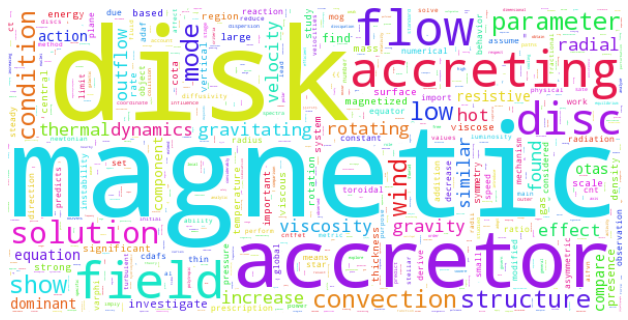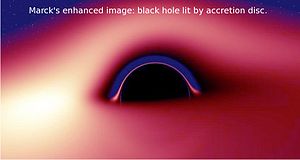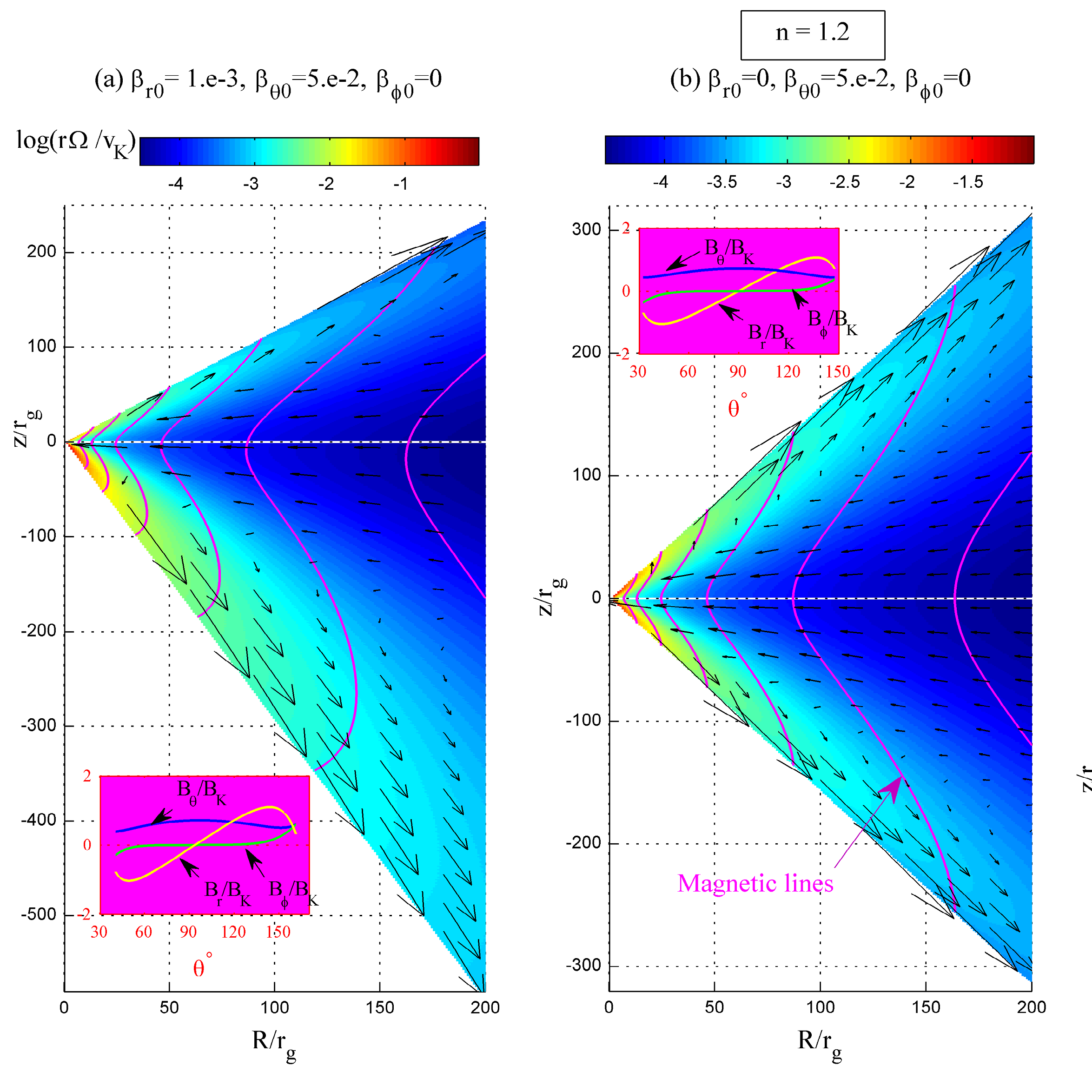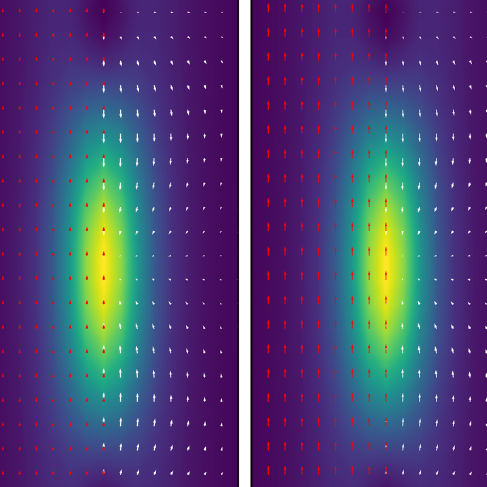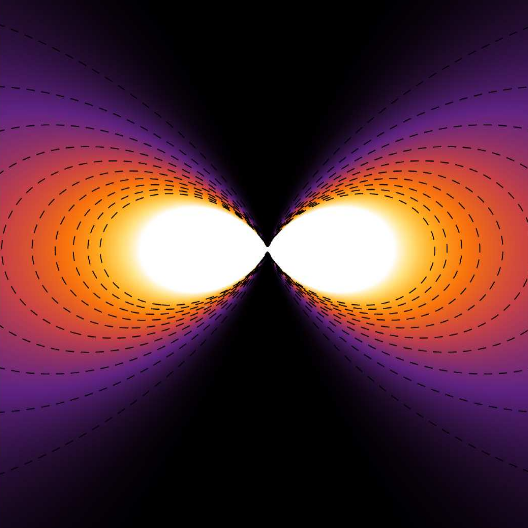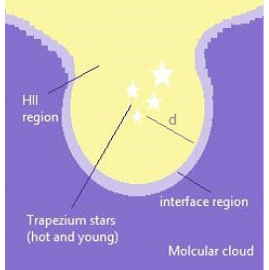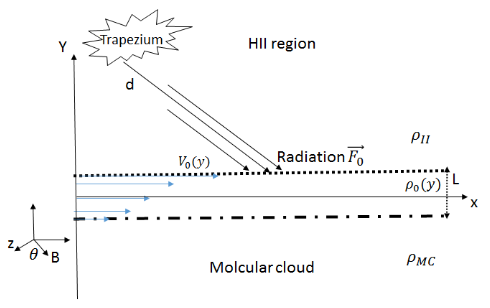
About Me
I'm currently associated Prof. at Ferdowsi University of Mashhad. I'm interests in theoretical and computational astrophysics, including:
- Formation of Stars
- Dynamics and evolution of Accretion discs
- Stellar Oscillations
- Formation of Stars
Contact Details
Shahram Abbassi
Department of Physics, School of Sciences, Ferdowsi University of Mashhad
Mashhad, PO Box 91775-1436, Iran
+98 511 8796983
abbassi@ipm.ir
